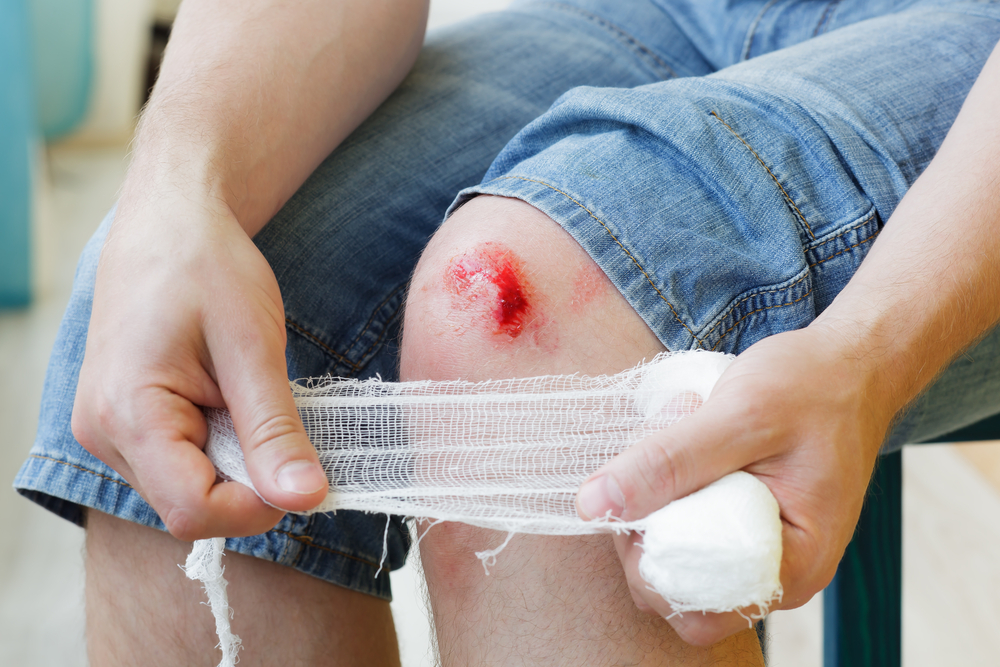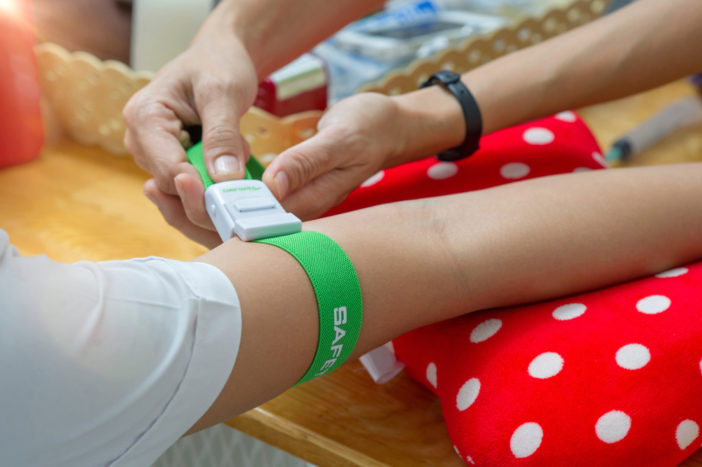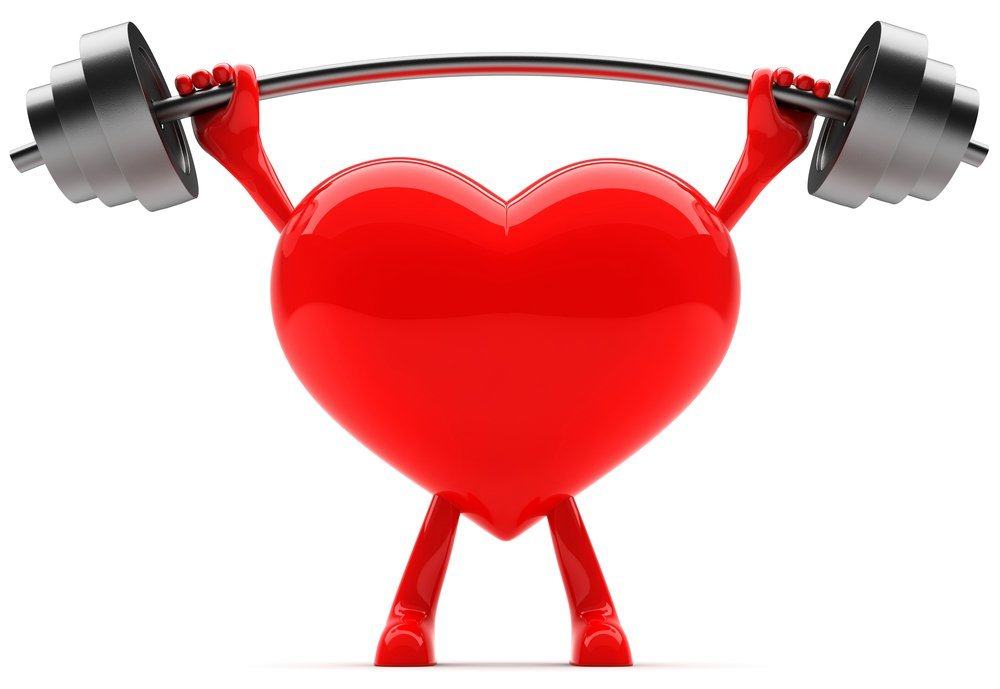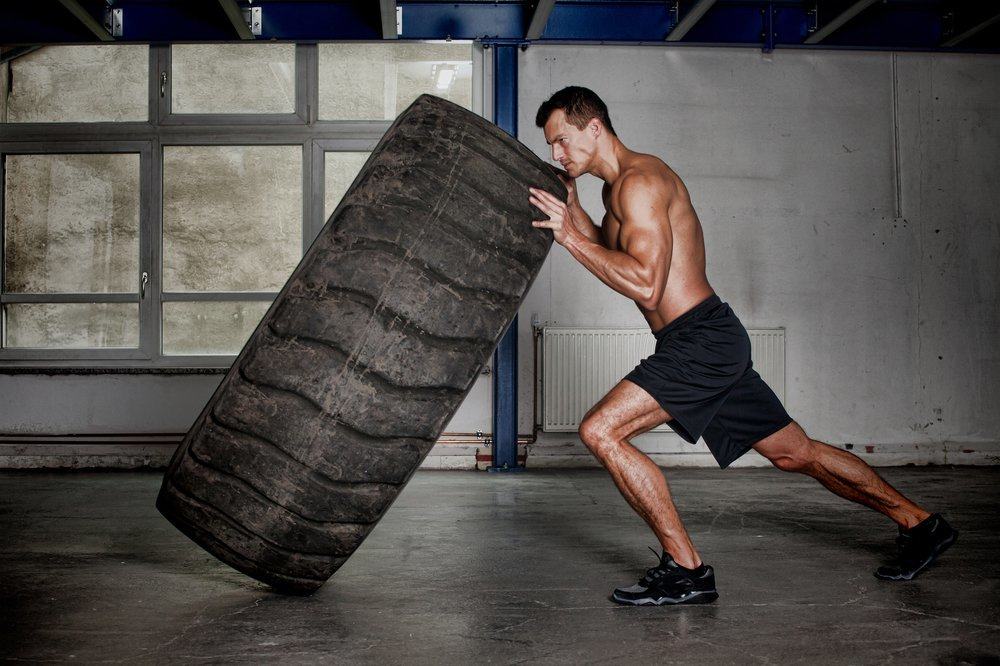Contents:
- Medical Video: How to care for a healing wound
- How to stop bleeding in a wound
- 1. Press the bleeding wound
- 2. Lift the bleeding part of the body
- 3. Pressure point
- 4. Need a tourniquet pair?
Medical Video: How to care for a healing wound
Certain injuries and medical conditions can cause bleeding. This often triggers anxiety and fear, but this bleeding is useful as a healing process. All bleeding can be controlled, because if left unchecked, bleeding can cause shock until death. Therefore, you need to know how to stop bleeding properly.
How to stop bleeding in a wound
If the injuries caused by the injury you experience are large enough, immediately seek medical help. However, if your wound is not too big and severe you can stop the bleeding yourself.
In addition, while waiting for help to arrive, you can give help quickly to a bleeding wound. Here are some ways to stop bleeding in a wound.
1. Press the bleeding wound
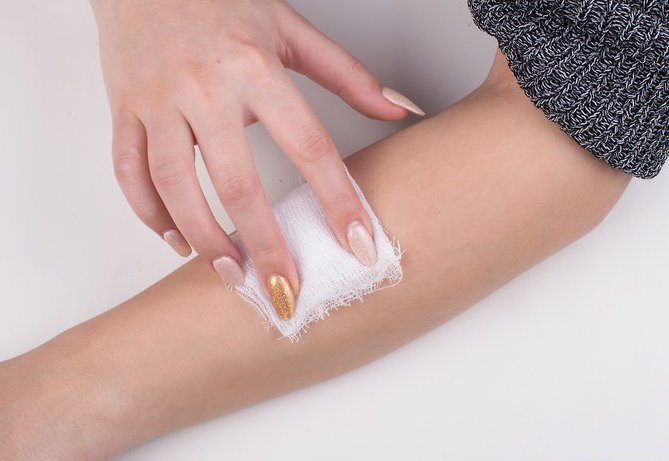
The first way to stop bleeding from your wound is to press or close the bleeding open wound. Blood needs to clot to begin the healing process and stop it.
Cover and press the wound with gauze or other wound cover. Gauze will hold blood to the wound and help the blood clotting process. If you don't have gauze, you can use clean towels to do this.
If the gauze or towel is full of blood, add another layer of gauze or towel. Do not remove the gauze, because it will eliminate blood-opening agents and encourage blood to come out.
2. Lift the bleeding part of the body
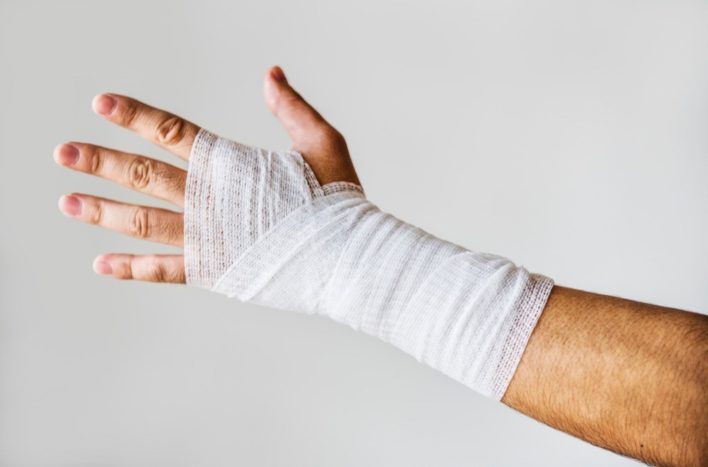
The direction of gravity makes blood flow down easier than flowing upwards. If you hold one hand above your head and the other on the side of your body, the downward hand will be pink while the higher one will turn pale.
You can use this principle as a way to stop bleeding. If your hand is bleeding, raise the injured hand until its position is higher than the heart (chest). By lifting a wound, you can slow the flow of blood.
When the blood slows down, it's easier to stop it with the help of direct pressure on the wound. Remember, the position of the injured hand must be above the heart and you must keep pressing it.
3. Pressure point
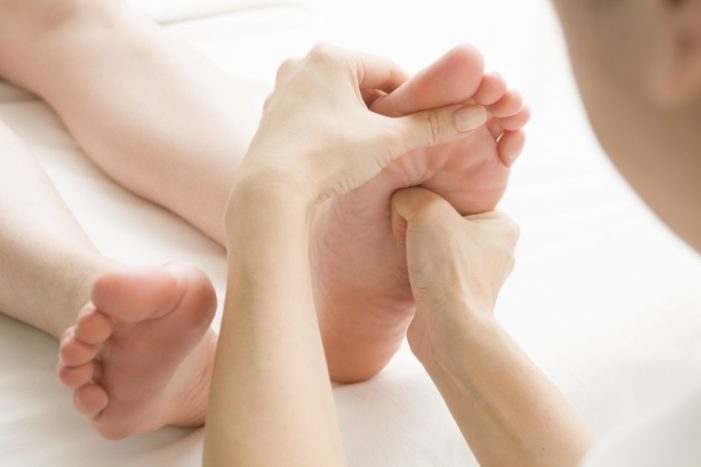
Pressure points are areas of the body where blood vessels run close to the surface. By pressing this blood vessel, the blood flow will slow down, allowing direct pressure to stop bleeding.
When using a pressure point, make sure you press the point closer to the heart than the wound. Common pressure points are:
- Arm between shoulder and elbow - brachial artery
- The area of the groin along the bikini line - the femoral artery
- Behind the knee - popliteal artery
Remember to keep the injured body position higher above the heart and keep pressing directly on the wound.
4. Need a tourniquet pair?
Tickets can greatly limit or clog blood flow to the arms or legs that are paired with this tool. Using a tourniquet to stop bleeding has the potential to damage blood vessels throughout the arm or leg.
Tickets are used only for urgent emergency situations such as heavy bleeding and blood does not stop with emphasis. Also, tourniquet can only be used by people who understand how to use it well and not done for every case of bleeding.
The tourniquet must be tightened until the wound stops bleeding. If there is bleeding in the wound after using a tourniquet, the tourniquet must be tightened.

